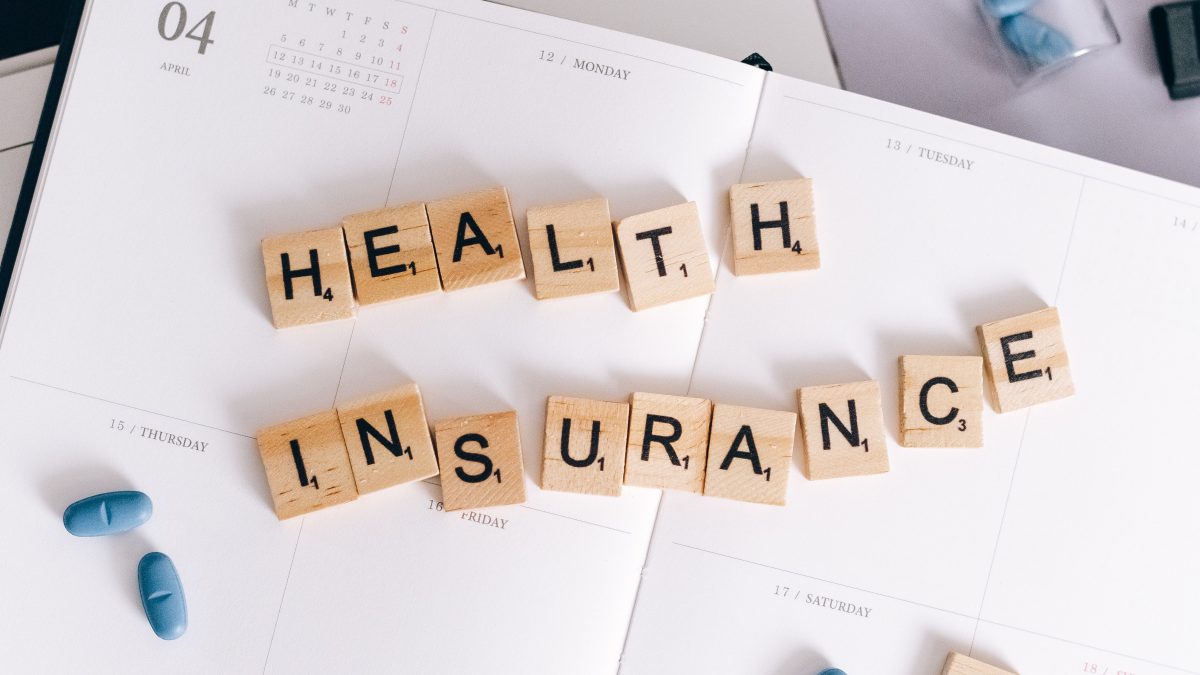Probably the most expensive thing you own that you hope you’ll never have to use is the one you’re currently staring at. Without a second thought, you frequently buy insurance for your house, your car, your boat, your personal belongings, and even your pet. But when it comes to getting insurance, a lot of people think it is unnecessary or too expensive.
Nobody expects their house to burn down or their car to be totaled, but insurance is required just in case. Similarly, no one anticipates becoming ill or injured, but we will all require medical attention at some point, often when we least expect it. As we all learned with COVID this year, you never know what will come up.
Although health insurance may appear to be expensive, health care – including doctors, hospitals, prescription drugs, rehabilitation, medical equipment, and much more – is prohibitively expensive. According to the American Journal of Public Health, health-care debt is the leading cause of bankruptcy in the United States, accounting for roughly two-thirds of all bankruptcy filings. And financial ruin isn’t the only danger you’ll face if you don’t have health insurance.
Let’s start with the financial aspect
What is the cost of health care? The majority of people have no idea. The Centers for Medicare and Medicaid Services demonstrates how easy it is to overestimate the cost of medical care:
- A broken leg can set you back up to $7,500 to repair.
- The average cost of a three-day hospital stay is around $30,000.
- The cost of comprehensive cancer treatment can run into the hundreds of thousands of dollars.
Younger adults frequently go without health insurance because they believe they are immune to illness. They are, of course, completely wrong. While health problems do tend to worsen with age, anyone can break a leg, require hospitalization due to an accident, and cancer has no age restrictions. You are responsible for these costs if you do not have health insurance, just as you are if your car is stolen, or a tree falls on your house.
Linda Greenfeld, chief product officer of L.A. Care Health Plan, says, “Life happens, and we always try to encourage young people to take a second look.” “Being healthy doesn’t mean you don’t break a leg, spend time in the emergency room, and walk out with tens of thousands of dollars in bills.”
Prevention is incredibly valuable
By law, any health insurance plan sold under the Affordable Care Act must cover the following ten essential health benefits:
1. Care provided outside of a hospital
2. Visits to the emergency room
3. Hospital inpatient treatment.
4. Maternity care before and after the birth of your child.
5. Behavioral health treatment, counseling, and psychotherapy for mental health and substance use disorders.
6. Prescription drugs are number six.
7. Physical and occupational therapy, speech-language pathology, psychiatric rehabilitation, and other services that aid in the recovery process following an injury or illness.
8. Lab tests are number eight.
9. Preventive services to help you stay healthy and manage a chronic illness such as diabetes or asthma. Pediatric services, such as dental and vision care for children, are also available.
Remember how a pound of cure is worth an ounce of prevention? Take special note of the final two health benefits, which are intended to keep you and your children healthy and reduce the risk of developing more serious and costly problems in the future. Vaccinations, screenings, and some checkups, as well as vision and dental care for your children, are all included. Even better, these are frequently provided at no cost.
“By maintaining your health, you can avoid higher downstream costs associated with a chronic illness and identify issues you may not be aware of, such as high blood pressure or prediabetes, which are detected in primary care settings,” says Emma Hoo, a director with Pacific Business Group on Health.
And here’s something else to think about: If a coronavirus vaccine is approved, insurance will almost certainly cover the entire cost. “Right there, that could be a good investment. It’s not going to be $5, I’m sure. Karen Pollitz, senior fellow of health reform and private insurance at the Kaiser Family Foundation, predicts that it will be costly. “Good luck if you’re uninsured.”


